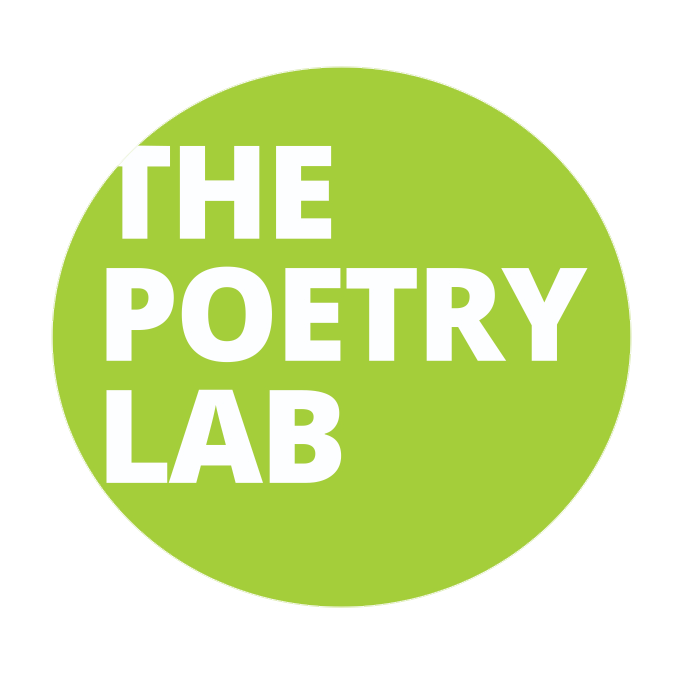Colophon
The term colophon comes from a book’s anatomy itself. In one of my favorite bookbinding books, Making Handmade Books, author Alisa Golden explains what a colophon means to a book maker, “After you finish making your book, you can write information on the last page to remind you what materials you used. This paragraph of information is called a colophon. For example, list the kind of paper, the typeface, how the book was printed, how the illustrations were made, the edition number, any credits, and the date. A few years later you may not remember. The colophon helps you identify materials you may like to use again. The colophon is the one place I feel I can loosen up completely. I may add what the weather was like when I made the book, what song I was listening to, or other anecdotes.”
Example
For authors interested in the book arts and publishing you may have come across this paragraph, often at the back of the book, and perhaps not know what it was. This short paragraph gives you all kinds of details for book design. The presses and books you are attracted to often have a central designer at their core. It is these individuals that create the aesthetic needed to connect the author to the reader. This space is rich for exploration, so let’s explore!
Prompt
Find an example of a colophon such as this one (or use this one). Then select words and phrases from the colophon, such as:
too gentle to live
Continental Data
Corporation-the text
Fototronic
Lithographed and bound
California-the text
Slate Carnival
The jacket, cover
Brown Tweedweave
Now write a poem that contains as many of these words or phrases as you can.
SHARE
Resource written by:



